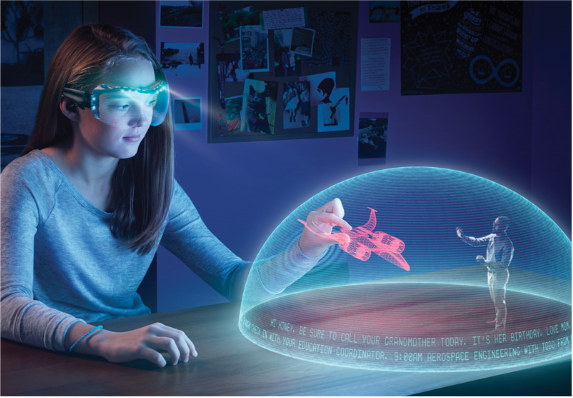
As a child in a school of course, there was still no new learning and innovation in teaching and certainly not VR in education, I sat in the classroom watching the chalkboard and trying to understand the material. For years and years, I have tried to maintain vigilance and concentration in order to succeed, to advance in a competitive and fast-paced world. At home I sat down to write lessons and write and print jobs, I said the sentences out loud to try actually remember them; I remember it was easier to learn the material visually than vocally, but then there was no virtual reality in education and I had to remember passwords by heart, just to be successful at work, In studies, in exam, in adulthood.
Using the information we gained in virtual reality Israel in hardware and programming, we created innovative learning and innovation in teaching, created precisely tailored courses for classrooms for all ages, to prepare future students we built a method for incorporating innovative learning technologies and innovation in contemporary teaching and education.
The era of smartphones has reached its peak and soon we will see more and more simulated and layered reality technologies, we incorporate in the educational programs that we have built both a layered reality and an integrated reality so that children, students, teachers etc ... can updated and known for tomorrow.
Over six years that we exist we have been able to work with all the elements: the Ministry of Defense, the army, colleges, libraries, schools and more. In fact, all systems are moving slowly and confidently to innovative learning and innovation in teaching and along the way we learn.
Unfortunately, the education system in Israel works slowly, so it is important to introduce the new technology to classrooms now. It is an exceptional teaching tool that combines innovative learning and teaching with teaching that also involves physical activity. Today's research proves that virtual and laminated reality brings the best material to students and teachers.
Using innovative learning and innovation in classroom teaching in elementary, high school, colleges and universities to create an active learning experience and thus redefining the learning space, for years, educators understand and know that learning deepens, not only through reading and listening but also through interaction. Laminated, simulated and integrated students can allowed to identify, examine, and learn different 3D elements and not just read about them in textbooks. The students interact with the learning through their mobile phones or computer - making the experience more interactive for them.
Other examples of stratified reality in education:
Layered Reality for Knowledge and Connection between Teachers and Students - Students and teachers scan themselves in layered reality and the figure jumps to real reality as a hologram. For example, any teacher or student will tell about themselves, nowadays there are virtual Facebook characters.
A mixed reality for education and teaching creates a safe work environment - by running dangerous simulations in the virtual space, you can learn without the risks of doing so, such as repairing the International Space Station or doing experiments or just learning to drive, the human body and more.
Experiments have shown that in-depth learning occurs when creating, sharing, interacting, and explaining. And once they said that the sky is the limit, since then, the limit is just the infinite imagination of humanity. We would love to hear about your ideas too.


